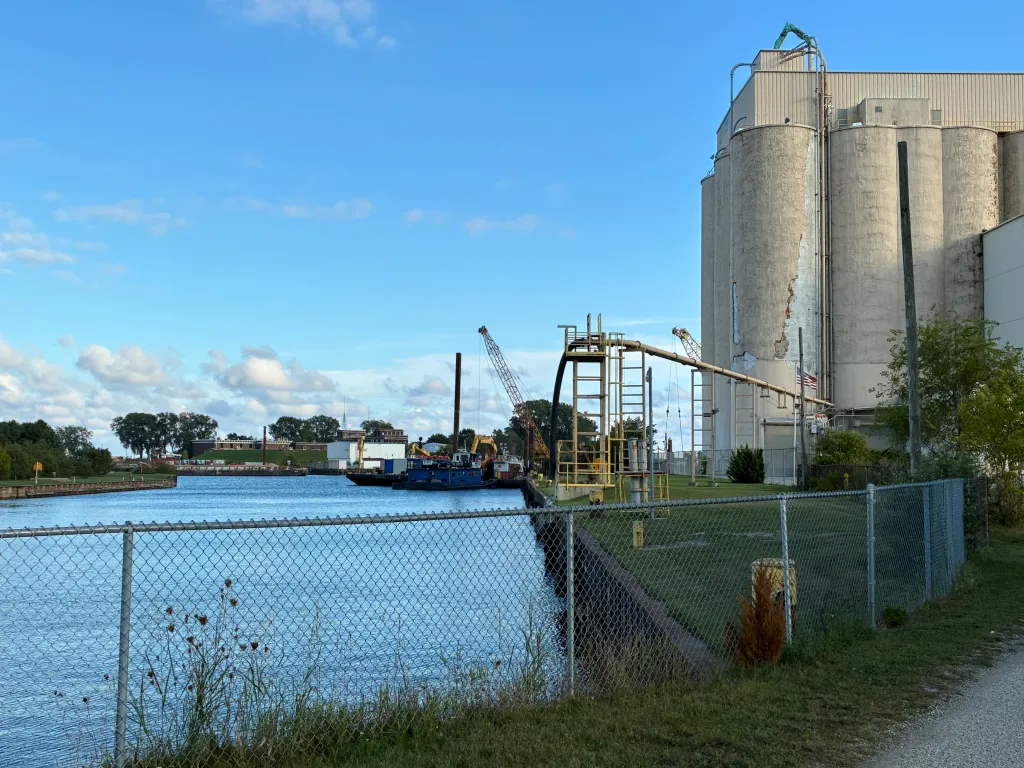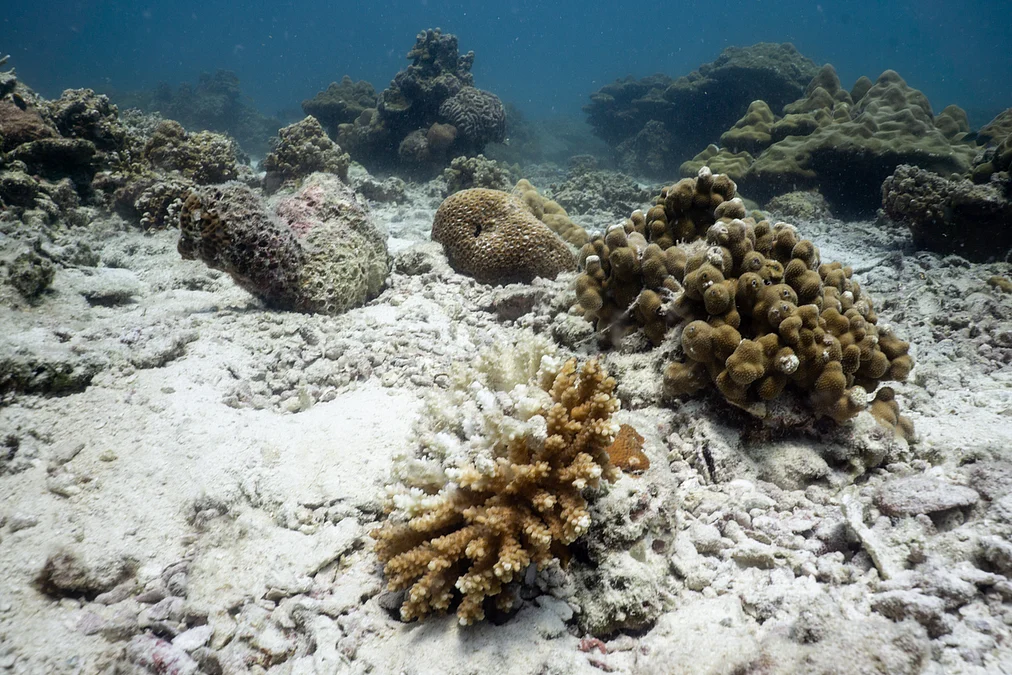
Plans to bring millions of jobs and hundreds of thousands of new businesses to the Great Lakes region, and along the St. Lawrence River leading into it from the Gulf of St. Lawrence and the Atlantic Ocean in the next 10 years are poised to help Waukegan and northeast Lake County.
With plans to create a fresh coast economic corridor to spur business, ecological and social growth in the vast area from the Atlantic, up the river and through the Great Lakes to the Chicago area, potential benefits exist.
“This partnership will lead to an economic transformation,” said Waukegan Mayor Sam Cunningham, who is part of the Great Lakes and St. Lawrence Cities Initiative’s Mayors Commission on Economic Transformation. “The development along Lake Michigan will be sustainable.”
The Great Lakes and St. Lawrence Cities Initiative introduced its Economic Transformation Action Plan on Wednesday in New York with the goal of bringing 500,000 new businesses and 18 million jobs to a geographic area with the world’s third-largest economy.
Developed by the Initiative’s Mayors Commission on Economic Transformation — Cunningham is a member of the commission and was in New York for the announcement — the plan contains strategies and actions for municipalities to implement the plan.
Jonathan Altenberg, the president and CEO of the initiative, said Cunningham’s vision for Waukegan blends well with the action plan developed by the mayor’s commission. It will benefit Waukegan and the surrounding area..
“What the mayors’ commission did is congruent with what Sam plans for Waukegan,” Altenberg said. “What he is trying to do to evolve the lakefront and downtown will be good for the Great Lakes and Waukegan.”
One of the action plan’s four pillars is making waterfronts more than commercial harbors, according to the plan. They need to be “mixed-use” to boost “quality of life, recreation, tourism and long-term economic growth.” Altenberg said this is precisely Waukegan’s existing vision.
During the presentation of the action plan, mayors Brandon Johnson of Chicago, Valerie Plante of Montreal, Justin Bibb of Cleveland and Toronto Deputy Mayor Paul Ainslie shared their ideas on what it will do during a roundtable discussion. Plante said it goes beyond economics.
“As we develop the jobs and industries, we have to look ahead at how it will affect the environment and social needs as well,” Plante said. “It’s not easy. There’s a lot of work to be done here, and we’re all committed. These are jobs for the next generation.”
Along with constituting the world’s third-largest economy, the Great Lakes and St. Lawrence River account for 84% of North America’s freshwater, according to the action plan. It is the world’s largest freshwater system.
Along with attracting 500,000 new businesses and creating more than 18 million jobs, the plan is designed to avoid any increase in water loss, improve its water quality from fair to good and reduce emissions by 300 million metric tons, according to the plan.
North Chicago Mayor Leon Rockingham Jr. is also a member of the initiative, but not the commission. He was not at the presentation of the plan, but said there is a lot of good in the action plan.
“It draws not just Illinois, but Michigan, Wisconsin and Indiana together along Lake Michigan to ensure there is a clean water supply,” Rockingham said. “We need to keep the Asian carp out of the lake.”
Cunningham said the plan’s commitment to clean energy is important. Between industrial contamination in the past along the lakefront by manufacturers in Waukegan and North Chicago, as well as the nuclear plant in Zion, the commitment to clean energy is important.
“We have to engage as stewards (of the environment) and protect the resources we have,” Cunningham said. “We have to be a front line for entrepreneurship so people can reach their potential.”
While water is a scarcity in many industrial areas, there is an abundance in the Great Lakes St. Lawrence region, according to the plan. Both Chicago and Waukegan have commercial harbors creating access to global markets.
Containing 17 strategies and 76 actions local governments and others can implement, the action plan has four pillars including waterfronts, industry, transportation and energy. Industries should be “committed to sustainability through water stewardship, emissions reduction or waste minimization.”
Along with manufacturing, transportation must become faster, safer, more effective and sustainable, according to the plan. A North American power grid fueled by clean energy is essential.



